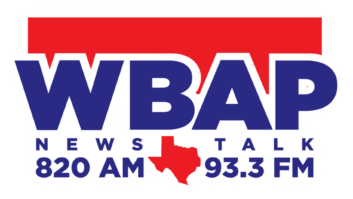The domination of conservative talk radio raises “serious questions about whether the companies licensed to broadcast over the public airwaves are serving the listening needs of all Americans.”
That’s the conclusion of the progressive Center for American Progress. It states that conservative talk radio “undeniably dominates the format.”
The study’s authors say regulators should restore local and national caps on ownership of commercial stations, ensure greater local accountability over radio licensing and require owners who “fail to abide by enforceable public interest obligations” to pay a fee to support public broadcasting.
Of 257 news/talk stations owned by the top five commercial owners, it says, 91 percent of total weekday talk radio programming is conservative. It said that each weekday, 2,570 hours 15 minutes of conservative talk are broadcast on those stations compared to 254 hours of progressive talk.
“A separate analysis of all of the news/talk stations in the top 10 radio markets reveals that 76 percent of the programming in these markets is conservative and 24 percent is progressive, although programming is more balanced in markets such as New York and Chicago,” it reported.
“This dynamic is repeated over and over again no matter how the data is analyzed, whether one looks at the number of stations, number of hours, power of stations or the number of programs. While progressive talk is making inroads on commercial stations, conservative talk continues to be pushed out over the airwaves in greater multiples of hours than progressive talk is broadcast.”
The group argues that the gap “is the result of multiple structural problems in the U.S. regulatory system, particularly the complete breakdown of the public trustee concept of broadcast, the elimination of clear public interest requirements for broadcasting and the relaxation of ownership rules including the requirement of local participation in management.”










